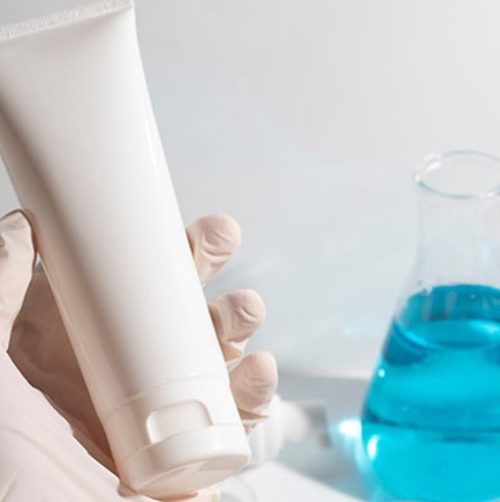Sunscreens; i.e., products that claim sun protection factor (SPF), are regulated as nonprescription or over the counter (OTC) drugs in the US. However, that is not the case in most other countries, where they are regulated as cosmetic products. Because they are drugs in the US, the active ingredients used in sunscreen products must be proven safe for human use per the safety and efficacy requirements of the Food and Drug Administration’s (FDA) OTC Monograph for sunscreen drug products.1 Furthermore, as drugs, they may also be subject to an evaluation of their potential environmental effects as seen in FDA’s announcement of May 13, 2021, indicating its intent to Prepare an Environmental Impact Statement (EIS) for oxybenzone and octinoxate due to questions raised about the extent to which these two sunscreen active ingredients may affect coral and/or coral reefs.
You would think that after decades of extensive use neither human safety nor environmental safety would threaten the availability and use of consumer SPF products. But you’d be wrong! If the current sunscreen actives that have not already been determined by FDA to be generally regarded as safe and effective (GRASE) are not found to be safe for human use through additional studies, FDA will ban them. If their environmental impact is found to be unfavorable and no reasonable alternatives are found, they may be restricted or prohibited from use in sunscreen products. Moreover, other regulatory agencies, such as the US Environmental Protection Agency (EPA), non-government organizations, legislators, litigators and public opinion will make it impossible to commercialize sunscreen products containing such ingredients. Any such outcome, of course, will have global impact.









 Follow us on Linkedin!
Follow us on Linkedin!